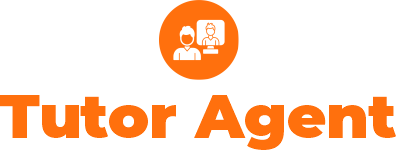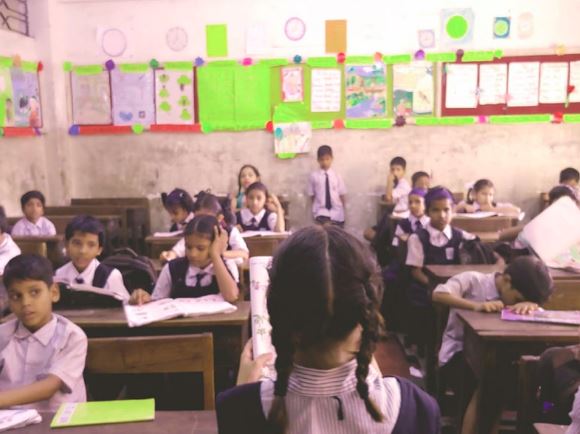In today’s increasingly digital world, technology has become an integral part of education. Teachers and tutors are leveraging the power of technology to enhance the learning experience and engage students in new and exciting ways. In this post, we will explore the role of technology in modern teaching and tutoring and the various benefits it offers to both educators and learners.
- Access to Information:
Technology provides unprecedented access to information and resources. With a few clicks, students can instantly access educational materials, research articles, interactive tutorials, and multimedia content. This enables them to explore diverse perspectives, dive deep into subjects of interest, and broaden their knowledge beyond traditional textbooks.
- Personalized Learning:
Digital tools and applications enable teachers and tutors to tailor instruction to individual students’ needs. Adaptive learning platforms and intelligent tutoring systems can analyze students’ strengths and weaknesses, providing targeted recommendations and personalized learning pathways. This individualized approach helps students learn at their own pace, fostering a greater understanding and mastery of concepts.
- Interactive and Engaging Activities:
Technology offers a wide range of interactive and engaging activities that capture students’ attention and make learning fun. Gamification, virtual reality, and augmented reality can transform abstract concepts into immersive experiences. Online simulations and educational games encourage active participation, critical thinking, problem-solving, and collaboration among students, facilitating a deeper understanding of complex topics.
- Collaborative Learning:
Technology facilitates collaboration among students, regardless of their physical location. Online platforms, discussion boards, and video conferencing tools enable students to connect, share ideas, collaborate on projects, and engage in virtual group work. This promotes teamwork, communication skills, and cultural awareness, preparing students for a globalized world.
- Real-Time Assessment and Feedback:
Digital tools allow for real-time assessment and immediate feedback. Online quizzes, interactive polls, and automated grading systems provide instant feedback to students, helping them monitor their progress and identify areas that require further attention. Teachers and tutors can also track student performance, identify common misconceptions, and adapt their instruction accordingly.
- Remote Learning:
Technology has become especially crucial in facilitating remote learning, as demonstrated during the COVID-19 pandemic. Online learning platforms, video conferencing tools, and cloud-based resources enable seamless remote education, ensuring learning continuity even during challenging times. This flexibility allows teachers and tutors to reach students irrespective of geographical barriers, expanding educational opportunities for all.
- Enhanced Communication and Parental Involvement:
Technology improves communication channels between teachers, students, and parents. Online portals, email, instant messaging, and video conferencing platforms bridge the communication gap, enabling regular updates, progress reports, and parent-teacher conferences. This open collaboration fosters a supportive learning environment and strengthens the parent-teacher-student relationship.
Conclusion:
Technology has revolutionized modern teaching and tutoring, enhancing accessibility, personalization, engagement, collaboration, assessment, and communication. As educators embrace technology as a powerful tool, they can create dynamic and interactive learning experiences that meet students’ diverse needs and prepare them for the digital age. By leveraging the potential of technology, teachers and tutors can empower students, foster critical thinking skills, and equip them with the digital literacy required for success in the 21st century.



